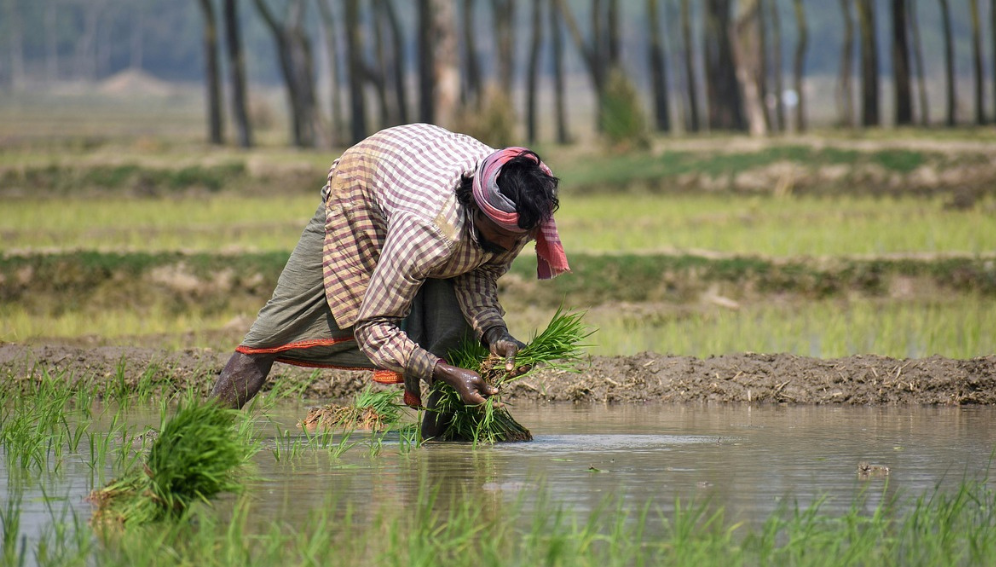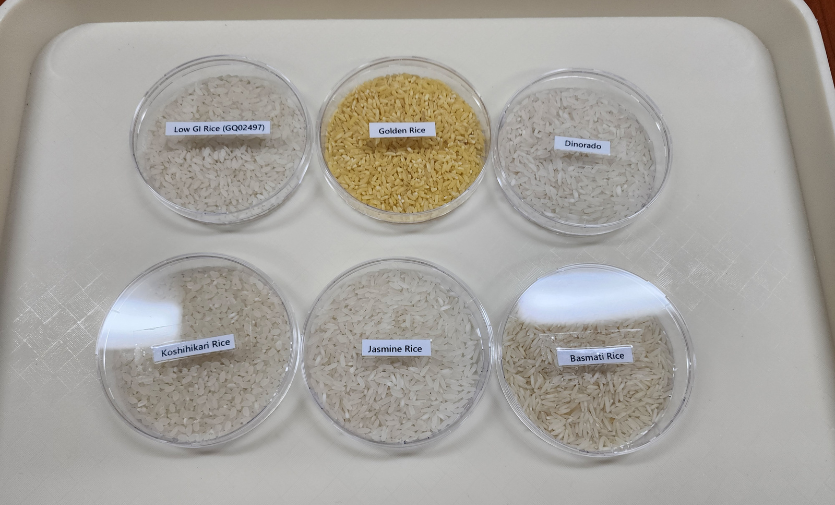07/07/23
Indian rice variety shows promise for people with diabetes

By: Ranjit Devraj
Send to a friend
The details you provide on this page will not be used to send unsolicited email, and will not be sold to a 3rd party. See privacy policy.
[NEW DELHI] A scented rice variety grown in India’s remote northeast, known as Joha rice, not only prevents type 2 diabetes but is also rich in unsaturated fatty acids, which work against heart disease, scientists have found.
Diabetes is a major global health problem, affecting an estimated 537 million adults aged 20 to 79 years in 2021, according to the International Diabetes Federation. The figure is predicted to rise to 783 million by 2045.
Early onset of type 2 diabetes is increasingly common but the condition is reversible through changes in lifestyles and diet, including the moderation of white rice consumption. Rice is a staple in many countries but it can affect blood sugar levels and increase the risk of diabetes.
“Given that rice is a staple in the Asia Pacific region and also widely consumed around the world, we believe that popularising a rice variety with potent anti-diabetic activity such as Joha could greatly help reduce the prevalence of type 2 diabetes,”
Rajlakshmi Devi, Institute of Advanced Study in Science and Technology
Joha rice, a short-grain, winter variety known for its unique aroma and taste, drew the attention of researchers at India’s Institute of Advanced Study in Science and Technology (IASST) because of the popular belief that those who consume it regularly are spared diabetes and cardiovascular illnesses.
“Such claims ascribing important nutraceutical properties [health benefits] to Joha rice called for scientific validation and that is how we began investigations at our laboratories,” says Rajlakshmi Devi, research leader and professor at IASST’s Life Sciences Division at Guwahati, capital of the northeastern state of Assam.
Investigations at the IASST showed the presence of two unsaturated fatty acids, linoleic acid (omega-6) and linolenic (omega-3) acid, which are important for human health and need to be included in diets because they are not naturally produced in the human body, says Devi.
Joha rice also proved effective in lowering glucose levels and preventing the onset of diabetes in so-called “in vitro” tests in the laboratory and on rats.
The rice variety was found to contain valuable antioxidants making it a “nutraceutical of choice” in diabetes management, according to India’s Department of Science and Technology. It says a number of bioactive compounds were found in Joha which are reported to have antioxidant effects, control blood sugar levels and protect the heart.
“Given that rice is a staple in the Asia Pacific region and also widely consumed around the world, we believe that popularising a rice variety with potent anti-diabetic activity such as Joha could greatly help reduce the prevalence of type 2 diabetes,” Devi tells SciDev.Net.



Rice varieties being tested at the International Rice Research Institute to find out their glycemic index, which indicates the affect they could have on blood sugar levels. Picture by Joel Adriano.
Failure of the pancreas to produce sufficient insulin, a hormone that maintains sugar levels in the blood and regulates the metabolism of carbohydrates, fats and proteins, results in type 2 diabetes, an increasingly common condition.
In most cases, type 2 diabetes causes hyperglycaemia (high levels of blood sugar) or hyperlipidaemia (high levels of lipids such as cholesterol and triglycerides).
In type 1 diabetes, the body’s immune system destroys cells in the pancreas responsible for making insulin so that the hormone is no longer produced. Unlike type 2 diabetes there is no cure for type 1 diabetes, with treatment limited to constant monitoring and maintenance to ensure normal levels of blood sugar.
According to Putlih Adzra Pautong, a researcher on nutrition at the International Rice Research Institute, the top ten countries for diabetes prevalence in 2021 have rice as their main staple.
She believes that the next big thing in rice research is on nutrition, particularly the search for diabetic-friendly low-glycemic rice varieties to mitigate type 2 diabetes and related diseases among rice consuming populations.
Rats induced to turn diabetic recovered when put on a diet of Joha rice and showed high levels of insulin in their blood and improved sugar metabolism, compared to diabetic rats fed on other rice varieties, says Devi.
Convincing rice farmers
Efforts are now underway to increase demand for Joha and encourage farmers to grow more of the variety.
“Farmers are not ready to cultivate it as they are not fully aware about the nutraceutical potential of Joha rice,” explains Devi.
“It would help greatly if there are government policies to increase awareness of the potential of Joha rice among farmers and also provide them with incentives to grow it.”
Abdul Fiyaz R, senior scientist at the Indian Council for Agricultural Research, says popularising Joha rice should not be difficult since it “not only offers a promising option for diabetics but also delights the senses with its captivating aroma and tender texture, making it a culinary treasure”.
“Several studies indicate that the aromatic compounds found in Joha rice not only enhance its flavour profile but also hold potential health benefits — the combination of aroma and beneficial nutrients makes it an appealing choice,” Fiyaz, who has expertise in rice varieties and plant breeding, tells SciDev.Net.
“Among other traditional foods endemic to India, Joha rice is known for lowering blood glucose and preventing diabetes onset,” says Ganesh Bagler, professor of computational gastronomy at the Indraprastha Institute of Information Technology in New Delhi.
“Given the diabetes burden that India is facing — 77 million individuals had diabetes in India in 2019 which is expected to rise to over 134 million by 2045 — it is vital that Joha rice and similar food items, known to work against the condition affordably, be popularised and incorporated in dietary interventions,” Bagler tells SciDev.Net.
This piece was produced by SciDev.Net’s Asia & Pacific desk.















